Football at the highest level turns on tiny margins. One clearance a second earlier, one pass a fraction cleaner, one decision made with a touch more composure. Against Liverpool those margins tilted the wrong way and the result was one nil. It stings because Arsenal showed personality, structure, and fight. It hurts because the group did enough to make a different story possible. A hard fought display does not go our way. That is the reality. What matters now is how the club translates the pain into progress during the international break and how quickly the team turns lessons into points afterward.
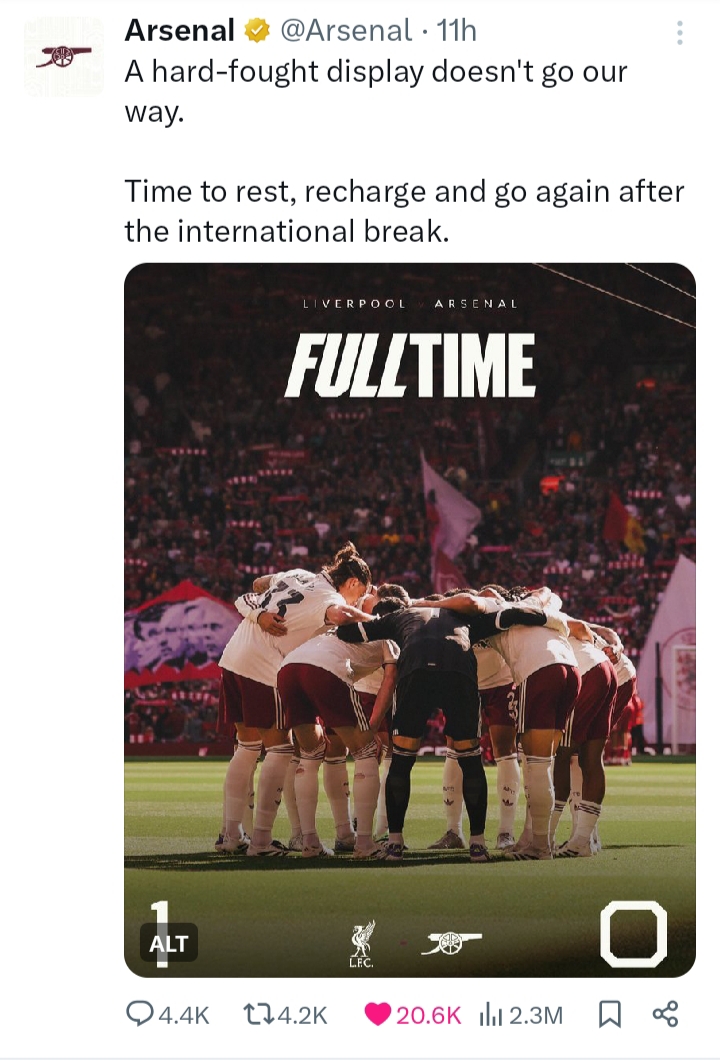
From the opening minutes the contest had the feeling of a chess match played at sprint speed. Arsenal were brave with the ball, building through pressure rather than simply clearing lines. The wide players looked to stretch the pitch while the midfield offered angles to connect defense to attack. Liverpool pressed with their usual intensity, jumping on cues, trying to force turnovers high. It produced a fast rhythm where both teams searched for control rather than chaos. The crowd felt every duel, every recovery run, every moment when a pass cut through red shirts and released a runner into space.
Defensively Arsenal were largely solid. The back line kept distances compact, with the fullbacks tucking in when needed to protect the half spaces. That shape reduced the room Liverpool love to exploit between the lines. The center backs won important aerials and stayed alert to balls in behind. When the press was broken the midfield recovered well, sliding across to slow the counter and allow numbers to reset. There were blocks, clearances, and a level of concentration that speaks to a team comfortable against elite opposition.
In possession the approach mixed patience and purpose. The first pass out from the goalkeeper invited pressure, but the midfield offered brave receiving positions to progress. When the ball reached the attacking third the rotations appeared intentional. The wide forward attacked the outside to force the defender back, the eight ran beyond to threaten the box, and the fullback underlapped to create a passing lane at the edge of the area. There were moments when the final action did not match the quality of the move that created it. A slightly heavy touch, a finish scuffed, a cutback that rolled behind the runner. These are the small details that separate draws from defeats and wins from draws.
The decisive moment arrived with a brief lapse. A second ball was not secured, the defensive line hesitated, and one calm finish punished the hesitation. That is the level. Against Liverpool an error often equals a goal. To their credit Arsenal did not fold. The response was front foot, with more pressure, more field tilt, and more bodies committed to the attack without losing stability behind the ball. It created pressure waves rather than panic. The equaliser never arrived, but the way the team chased it spoke to a strong identity and a resilient dressing room.
There are concrete lessons to carry into the break. The first is sharper execution in the box. The build up created platforms. What was missing was the ruthless final touch. Repetition is the antidote. Finishing patterns under pressure. Cutbacks taken first time. Late runs timed to arrive not early and not late but precisely as the ball is delivered. The second lesson is set piece threat. In matches between top sides, dead balls decide a disproportionate number of points. Attacking routines that create screens and free runs, and defensive habits that lock onto first contacts and second actions, will swing close contests.
The midfield battle also offers insight. Liverpool fill the central lane with runners who chase every loose ball. Arsenal matched that effort for long stretches, but the second half demanded even more insistence on first contact and body orientation when receiving under pressure. Half turns to play forward, disguised passes to break a press, and the willingness to absorb contact in order to find the spare man are all parts of the craft. The better the opponent, the more those details matter.
Transitional moments remain the heartbeat of games at this level. When Arsenal lost the ball, the immediate counter press was mostly effective. On the few occasions it was beaten, the rest defense had to buy time with smart fouls or recovery angles that show the ball wide. That discipline largely held. The goal came from a chain of small errors rather than a structural failure. That distinction is important because it means improvement is about tightening habits, not rebuilding the game model.
Substitutions brought energy and fresh legs, yet integrating new profiles mid match can disrupt rhythm. The staff will review how to preserve fluency when personnel change. The objective is simple. Keep the principles the same. Keep the spacing the same. Keep the passing options predictable for the player on the ball. When those anchors hold, subs become a natural extension of the plan rather than a reset.
Supporters will ask about mentality, because close losses can play tricks on confidence. The evidence on the pitch points to a locker room that believes. Heads did not drop. Players demanded the ball in difficult areas. The group stayed connected to the idea of control over chaos. That is mentality. It does not always look like shouting and sliding tackles. It often looks like courage in possession and trust in teammates. The best teams are stubborn with their identity even when the scoreboard tests them.
The analytics will likely show a narrow margin in expected goals, with Arsenal creating opportunities that on another day produce an equaliser. Box entries were there. Territory was there. The final touch was not. While numbers do not erase frustration, they do reinforce that the performance level remains high. Keep the performance, raise the efficiency, and results follow.
So what should the next two weeks look like. Recovery first. The schedule is intense and freshness is a weapon. Then targeted work. Finishing patterns. Set piece rehearsals. Pressing triggers that release a full team squeeze without leaving the far side exposed. Emphasis on the first ten minutes after half time where momentum can tilt a match. Finally, reinforce the leadership group within the squad so that tight moments are met with clarity on the pitch.
Communication with the fans matters as well. Honesty lands. Acknowledge the disappointment, highlight the work, and state the plan. This is not a step back into old habits. It is a reminder of the thin lines that define title races and deep runs. The bigger picture is still in view. The team looks physically strong, the structure is coherent, and the spirit is visible in the way the side defends as a unit and attacks with coordinated movement.
Time to rest, recharge and go again after the international break. The message is simple and true. Use the pause to turn frustration into fuel. Return with fresh legs, clear minds, and a sharper edge in the decisive moments. Keep faith with the identity that has made Arsenal competitive in every stadium. Trust the work, because performances like this one usually flip when repetition meets composure.
One nil does not define the quality of the group. It defines the demand of the level. Arsenal stood up to that demand for almost all of the contest. The next step is turning almost into always when chances appear and when danger threatens. Do that, and the same hard fought display becomes the kind of professional win that champions stack through a long season. The path forward is there. Take it with conviction.

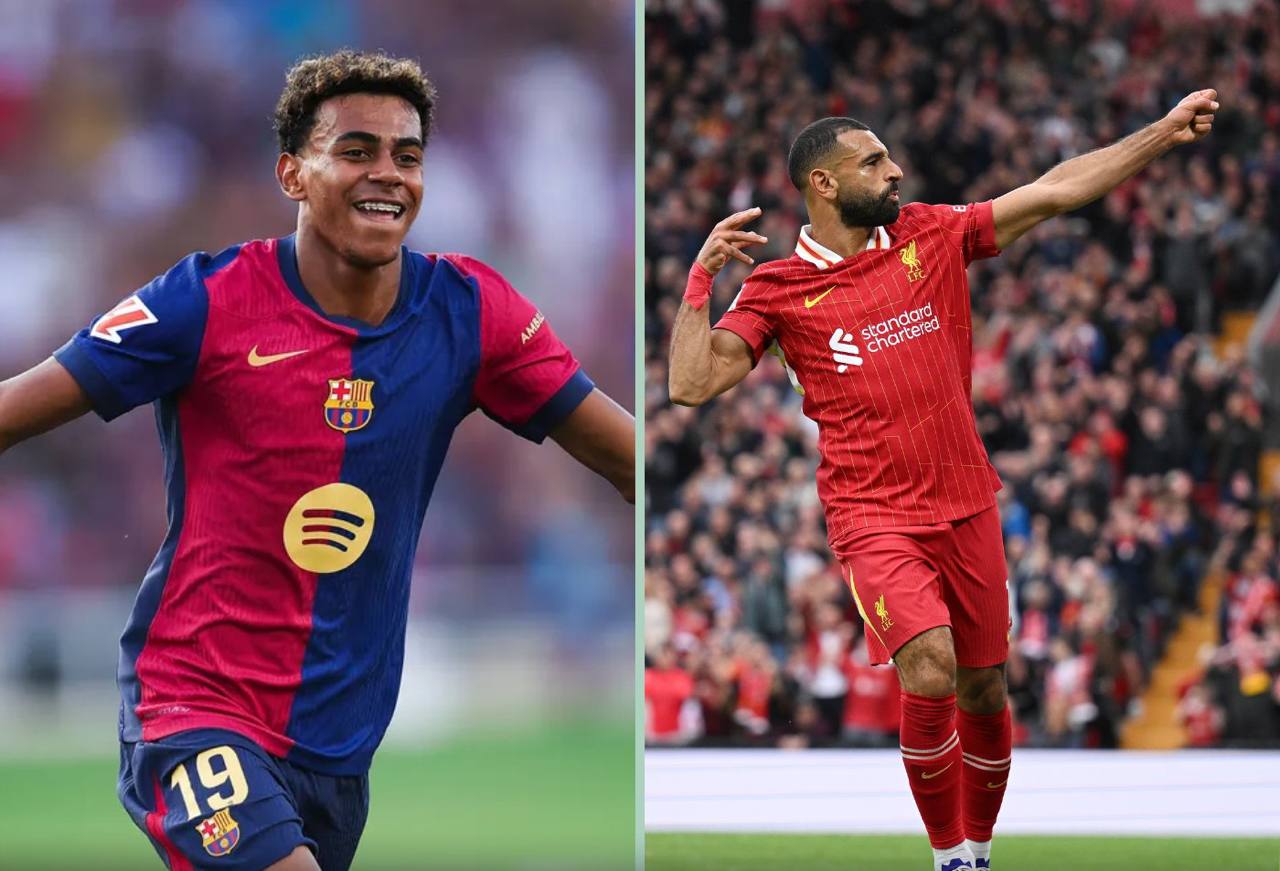

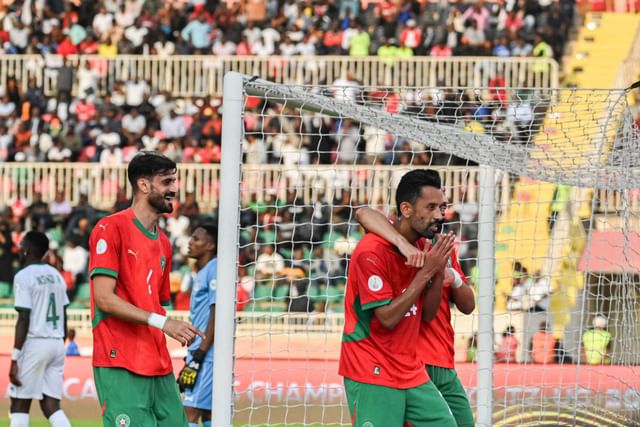

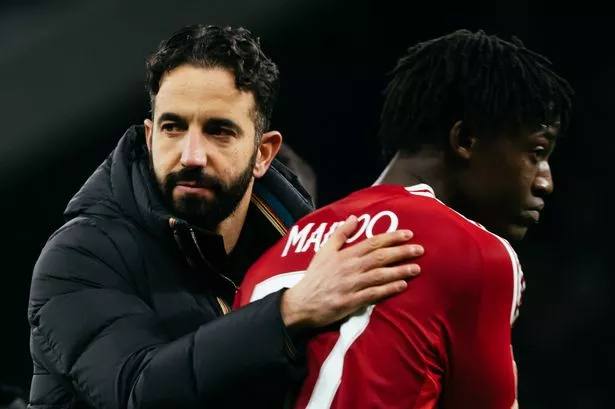

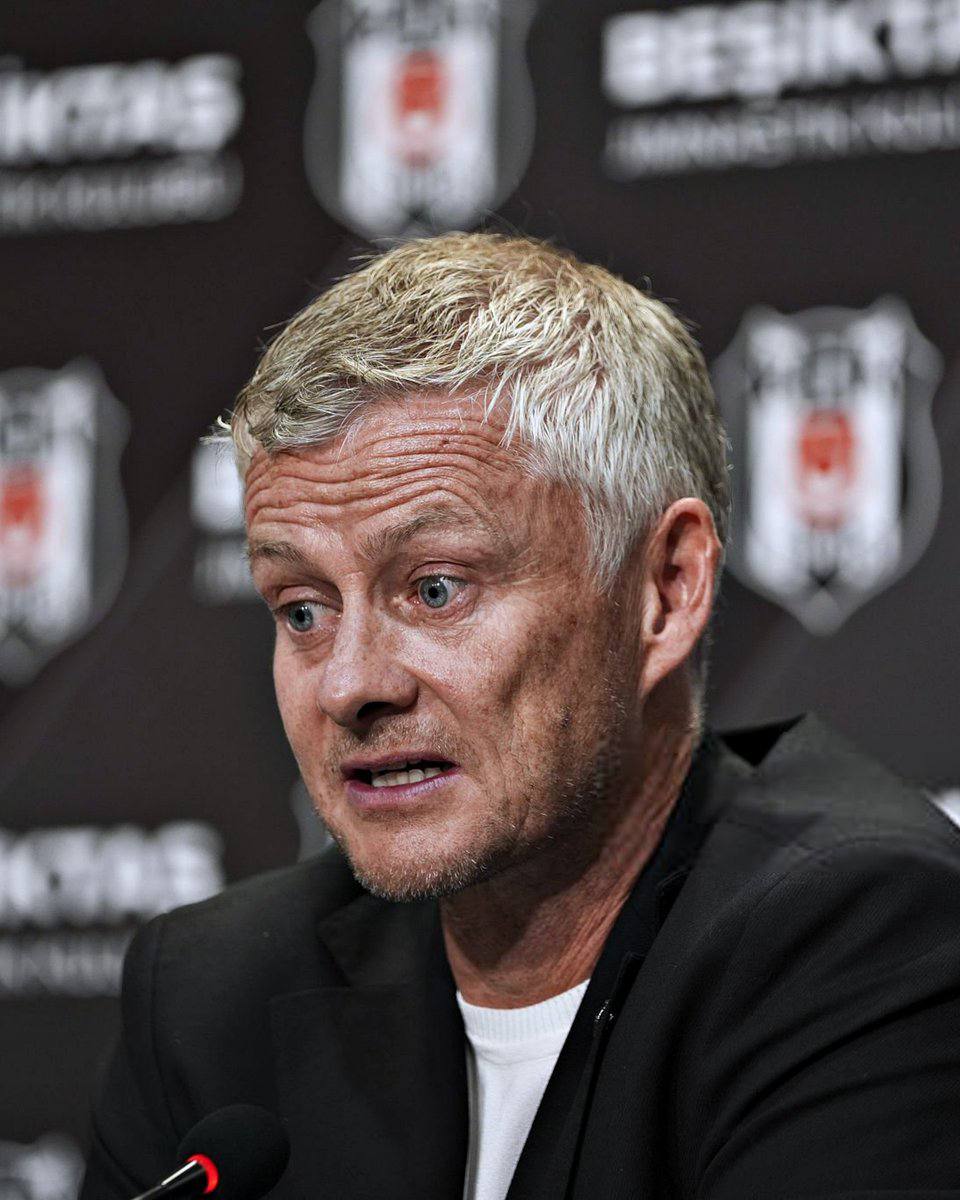

Comments (0)